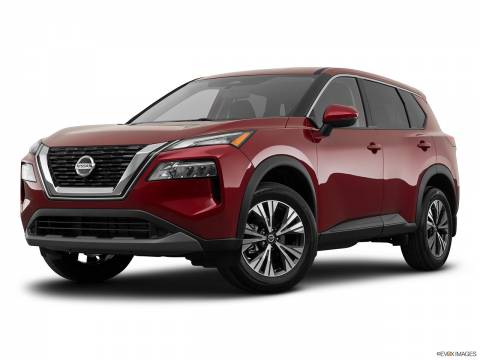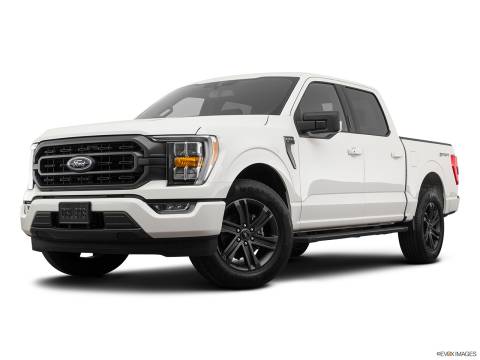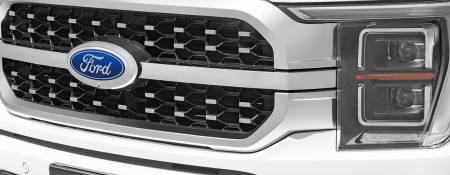A new car in Canada costs upwards of $30,000.
For those that find this figure too steep, leasing is a popular option. Aside from the monetary advantage, leasing makes it possible to get a new car or a different car at your disposal.
Another plus is that it comes with better warranty protection.
However, life, with its unpredictable nature, can make it difficult for someone to see their lease to the end of their contract.
Here is how a lease transfer can come in handy in such instances.
The Workings of a Car Lease
A lease is a contract where one party conveys the use of an asset for a specified duration of time, with an agreed payment plan.
With a car lease, the conveyed asset is a car, and you will be required to pay a down payment and then make subsequent payments.
The difference between a car lease and a car financing is that with the latter, you are making payments towards taking ownership of the car.
With a lease, you hand back the car to the lessor at the end of your contract.
What happens when, for one reason or the other, you are unable to keep the car for the stipulated contract period?
With a typical car lease running for 24 to 36 months, this is where matters get slightly complicated.
Terminating a Lease Early
First things first. Is it possible to terminate a car lease early? The answer is yes. However, it is not as easily done as it is said.
This is why.
The leasing companies are in business for profit. For manufacturers to make a profit, they need you to make all your payments as per your contract.
Therefore, the leasing payments you make a factor in all the variables required for a profit to be achieved. It is therefore in the leasing company’s best interest that you see your contract to the end.
To keep you in your lease agreement for the agreed duration, they come up with penalties to make it cheaper for you to keep the car than to get out of your lease.
Here are some penalties from getting out of a lease early.
- Penalties charged on the remaining payments of your lease
- Early termination fees might be imposed
- Costs for preparing a car for sale
- Transportation and storage of the vehicle
- Taxes associated with leasing
- Penalties on the negative equity
- You might be forced to make the remaining payments
Making the remaining payments before termination is costly. If say you have a 24 month lease period and wish to get out at 15 months, you have to pay the costs for the remaining 9 months.
If the lease is at $400 a month, you will be required to pay $3,600 in order to get out.

The Ford F-Series is the top selling vehicle in Canada, with more than 150,000 delivered new units every year. It is popularly leased by businesses and transferred among these.
This figure is high, considering you are paying for an asset you are not using, or worse still, are in financial strife.
Some leases will not compel you to make the remaining payments but will instead impose a penalty. This figure can be calculated as a number of months, or be a flat fee.
This can mean requiring you to pay a certain number of payments if you terminate within the first year. And a different number of payments if you terminate within the second year and so on.
As you can see, these penalties can be punitive. If anything, these necessitate the need to consider other options to mitigate some of these costs.
So what are the various ways you can end your lease?
Options to End a Lease
Whichever way you look at it, ending a lease prematurely is a bad financial decision. The options available, then become about choosing the option with the least negative financial impact.
You have the option to return the vehicle and pay the penalties. This is the worst possible option because of the high penalties you will be charged, along with the remaining depreciation fees.
You can also buy the car. You do not have to be the buyer in this case. You can advertise to find a buyer.
Find out the buyout amount of the vehicle from your leasing company beforehand. You will likely incur a loss, but the amount will be significantly lower than if you returned the car and paid all the penalties.
However, if you had put up a large down payment at the beginning of the lease, you have a higher chance of breaking even.
You can also trade the car in at a used-car dealership as opposed to selling it directly to an individual. While you might get a buyer faster, the price will be lower, as the car dealership will also take out their cut.
If you have 2-3 months left on your lease, you might be able to work out a deal with the dealer to trade it in for a new one. This usually is not available all the time and is usually an option only when the dealer has such a promotional offer.
It is also only feasible for people looking for a different car, not those giving up their car entirely.
The other option is to have negative equity on the current car rolled over into a new car. You can also opt to buy the vehicle. The last two options, again, are limiting to people that are ending their leases because they cannot afford a car.
Among the best options available is handing over your lease to a new person. This is known as lease assumption.
Car Lease Transfer
A lease swap is when a car lease is given over to a different driver than the one currently holding it.
The recipient of the running lease takes over payments and running costs of the car on the existing terms, to the contract expiry date.

A car swap can be necessitated by several factors.
One reason is a change is one’s financial position, making it difficult to keep up with the payments. This can require you to give up a car completely, or lease a cheaper one.
This is better than defaulting on car lease payments will negatively as it can affect one’s credit score, and cause you to accrue more penalties.
This adds fuel to an already burning fire.
Another reason why people need to terminate leases early is relocation, which negates their ability to use the leased car.
You may also want a different car, either for aesthetics or for function. In matters function, a family that had leased a swanky sporty car might need to get a family car once they have kids.
Regardless of your reasons, it’s possible to find someone that wants to take up a lease mid-way and complete the lease period.
Steps to Instituting a Lease Swap
Here are the steps to initiating and completing a lease swap.
1. Review Contractual Terms
It’s imperative to understand your type of lease before beginning the transfer process.
Leases fall into three broad categories.
The first is a lease that allows the transfer of equity, with the original lessee remaining on the lease as a co-signer. If this is the case, you still have some obligation, even after transfer.
This might mean you have to shoulder some costs at the end of the lease term. The more common of these costs are excess miles and vehicular damage.
This is known as post transfer liability.
The second one is where the dealer allows a full transfer where the current lessee walks away with no further obligation. This is off course the ideal scenario.
The last one is where a leasing company does not allow transfers unless under strict and unusual circumstances such as military deployment.
The good news is that the first two options are the most common ones.
However, even for those that allow swaps, there are guidelines on the duration of time after which a transfer can be instituted.
Others peg this on a minimum number of remaining payments. Comb through your contract to see these stipulations.
2. Find a Lessor
Once you have established that a transfer is possible, the onus of finding a new lessor lies with you.
The buyers coming in at this late point of a running lease are usually looking to get and a car for a shorter duration than what they would get by taking on a fresh lease from a dealer.
If say your lease has six months left, the person taking over the lease will only have this car for the six months before they can switch it up.
The same goes for people who are in town for short periods of time. Others will take such leases to avoid the upfront costs charges when taking on a new lease.
If you are lucky, you can find a friend or relative looking to lease, and this will simplify the process for you.
If this is not possible, then you need to find a lessor using the same methods you would use to look for a car buyer; advertising.
Start with word of mouth and also find help online.
There online specialist sites that match buyers and sellers. These also provide tools for both parties to calculate the associated costs of such transactions.
These sites will charge you a hosting fee, and the dealership will charge a transfer fee as well. These are, however, significantly lower than lease termination fees.
How to Pick a Site to Advertise on
Picking a good site is key in finding a buyer quickly. If you choose to advertise on a commercial website, picking a good site will be integral to this process.
Here are some tips to help you settle on a credible site:
Seek for Recommendations
Ask around for recommendations. If someone you know has sold their lease successfully, the site they used is worth considering because it’s already tried and tested.
Look at Different Site Reviews
With a few sites in mind, do more research on them. Look for customer reviews to see how previous buyers perceived their experience with a specific site.
Look at turn-around times and the level of customer support provided as well.
Asses the Numbers
Something else to look at is the site’s traffic. A site with high traffic is best. The more eyes you can get on your ad, the higher the chances of finding someone looking to buy your lease.
High numbers also speak to a site’s credibility.
Hosting charges
All sites will charge a fee for carrying your advert.
By shopping around and getting quotes from different sites, you are able to settle on a site with good traffic that will give a fair price.
3. Buyer Vetting
When prospective buyers are identified, the next stage entails vetting.
Here, a finance company will begin by running a credit check. This is done to determine a buyer’s ability to make the monthly repayments on the car.
If the buyer’s credit rating is healthy enough, they can take over the lease on the exact terms the current leaseholder has. If not, the financing company will most likely change up the payment plan.
If all is in place and all parties are happy with the terms, then a contract can be signed.
4. Transfer Ownership
The final step is the removal of your details from the existing contract and revising this with the new owner’s particulars.
If the contract allows you to walk away after the transfer, this will be your last involvement with the car.
If you still hold some liability, you will get the stipulations in writing and will then comply with this until the new lease expires.
Choose the Better Option
While a lease transfer might not be ideal, it presents you with an easier, less damaging option.
Are you looking for a buyer?
Look no more. At LeaseCosts, we have 100,000 monthly users looking for deals. This is the potential you get for advertising with us. Contact us today to get started.

























